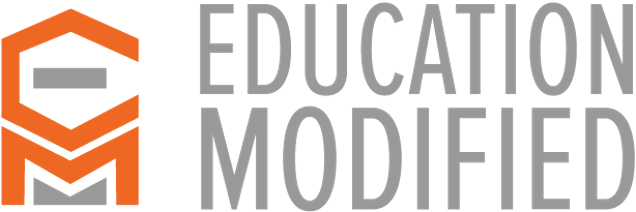How Special Education students stand to benefit
Part 1
This is first in a series exploring the gap between ‘studying’ education practices and ‘implementing’ them in the classroom.
The gap—described by some as a chasm (e.g., Donovan & Cross, 2002)—between research and practice is a recurring theme in special education. Evidence-Based Practices and Implementation Science in Special Education
Simply put, the teachers who spend their days in the classroom with students are usually not the same people who conduct high fidelity research on whether those classroom practices are actually improving outcomes beyond the anecdotal level.
And typically, these two groups of professionals have few opportunities to interact or learn from each other.
Yet teachers possess so much valuable information about how well their students are mastering skills and what methods are effective. In a sense, they are conducting mini-research projects everyday.
As the US Office of Special Education and Rehabilitative Services moves towards Results Driven Accountability (away from systems compliance – hooray) this gap is brought to the forefront yet again.
Teachers and students need to be able to identify and implement teaching practices that work. Especially for students with disabilities!
The relationship between these groups of people and the different knowledge bases is shown here. Scientifically Based Research vs. Evidence Based Practices and Instruction
Our work at Education Modified continues to focus on how to better:
– equip teachers with sound teaching practices
– communicate these teaching strategies in a way that teachers can easily consume
– inspire teachers to implement them consistently
– track how the strategies are working for individual students and as a whole
so that students can benefit!
Let us know what you think – info@educationmodified.com





